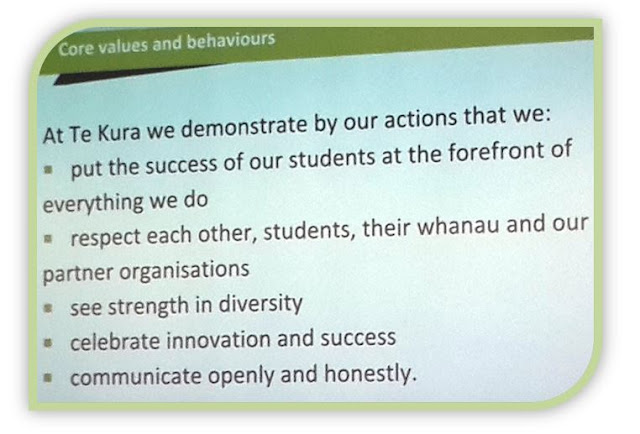There are 12 Practising Teacher Criteria (PTC) in e-learning.
My goals for this year
Goal: 1
I will
set up a collaborative teaching and learning environment possibly using Adobe
Connect with my Senior students as requested from online survey
Associated Competencies
Criteria 7
|
Any
notes/comments e.g. resources needed
·
learn
the program
·
explore
features and functions
·
trial
it with someone in the team
·
send
invite to my senior students
·
Eventually
become an observer while students lead their practice and projects
·
Record
and share sessions with students
·
Possibly
hold material based sessions to make it relevant
·
Encourage
family and whanau to have a say about projects child has undertaken
–connected learning concept and Maori framework goals
|
Goal: 2
I will
Associated
Competencies
Criteria
12
|
Any
notes/comments e.g. resources needed
·
Explore
how to do it in our online platform OTLE
·
Carry
out the plan in my RCE Assessment as I did a teacher inquiry there- has 3
stages so at least get started
·
Continue
to be involved in the Google + community and NZCER that is researching and
supporting this gaming concept of learning for schools
·
Attended
workshop at St Mary’s on games competition for students by Transport Ministry
·
Team
leader to have a copy of the inquiry outline to support and appreciate the
process that will be undertaken.
|
My reflection of Postgraduate 32 week Journey
Photo Credit : Aperture Photo Arts by B.N. Perera
This photo sums up my journey..there were moments where I
- reflected on the good/bad/ugly of my practice
- recreated my mind-set this viewing things from different angles
- sinking moments of not meeting assignment deadlines..extensions are a bonus
- inquiring the organisation as a big picture (yes reading the schools’ 28 page strategic plan), critically analysing educators journal articles (which in the beginning felt like language from another planet after not doing it for 20 years)
- dark moments of realisation that the world is moving on and I need to catch up and do justice to my learners
Highlights: making new friendships and sharing my perspectives
and challenges in our teaching and learning on the Google+ forum and face to
face Saturday morning sessions with colleagues and effervescent tutor Philippa.
Thank
you to my supportive husband and child for spending days alone while I slogged
on assignments, readings and lectures. Not forgetting my beautiful friends and family who have cheered and supported me on this journey..yes Christmas turkey and cocktails didn't taste as good as they did this year on the 2 week study break! My colleagues have also benefited from
this course with regular updates of 21st century learner triggers
and we (Bruce and Dinesh) will be presenting to the school later this year to encourage other members of the school to take up
the best PD going in the country at the moment!





















